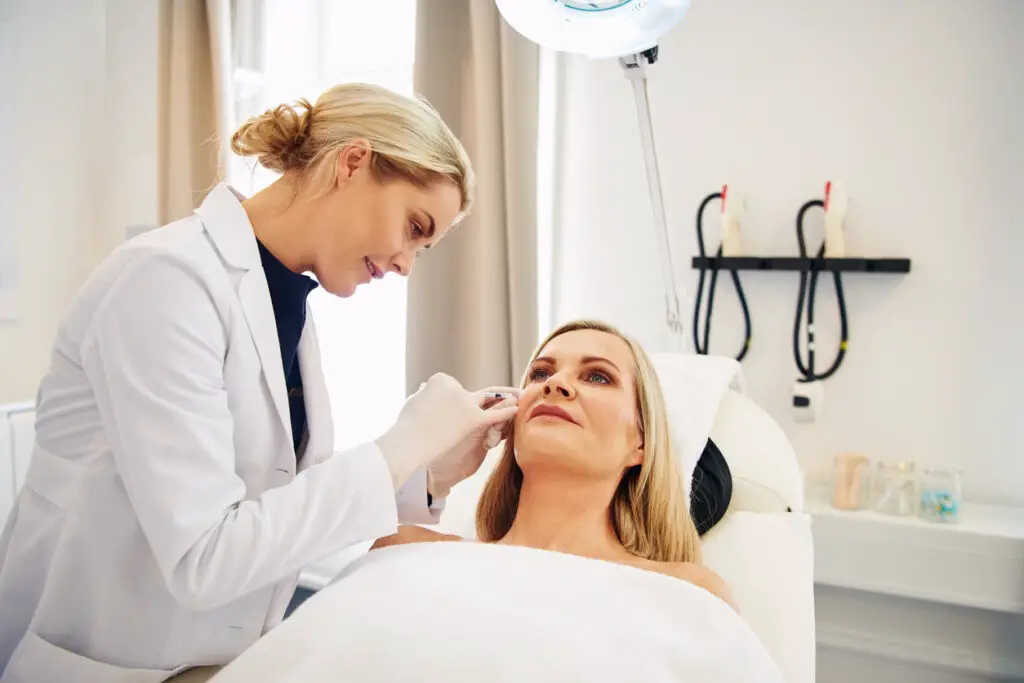How to Read Skincare Labels: A Guide for Beauticians
As a beautician, understanding how to read skincare labels is an essential skill that can set you apart in the beauty industry. With a myriad of products flooding the market, each boasting unique ingredients and benefits, it is crucial to navigate the world of skincare labels with confidence. This expertise not only helps you provide informed recommendations to your clients but also ensures that you use products that align with their skincare goals.
The ability to decipher skincare labels is an invaluable asset, enabling you to make informed decisions about the products you incorporate into your practice. In this guide, we'll explore the nuances of skincare labels, demystifying the jargon often found on these labels to empower you with the knowledge you need to excel in your profession.

The Importance of Ingredients in Skincare Labels
When examining skincare labels, the ingredients list is arguably the most critical aspect to consider. Ingredients are typically listed in descending order of concentration, meaning the first few ingredients make up the bulk of the product. Understanding the role of each ingredient can help you determine a product's effectiveness and suitability for your clients.
Common skincare ingredients include emollients, humectants, and active ingredients like retinoids and antioxidants. Emollients, such as shea butter and oils, help to soften and smooth the skin, while humectants like glycerin attract moisture. Active ingredients, like vitamin C or hyaluronic acid, target specific concerns such as aging or hydration. Familiarizing yourself with these components can enhance your ability to select products that meet your clients' needs.
Identifying Common Skincare Ingredients
For a deeper dive into specific ingredients, consider exploring resources that outline how to build a skincare routine using various components. These guides can offer insights into the benefits and potential drawbacks of different ingredients, helping you make more informed choices.
Decoding Skincare Label Terminology
Skincare labels often feature terminology that can be confusing for both professionals and consumers alike. Terms like 'hypoallergenic,' 'non-comedogenic,' and 'dermatologist-tested' are prevalent, yet their meanings are not always clear. Being able to explain these terms to your clients can enhance their trust in your expertise.
'Hypoallergenic' suggests that a product is less likely to cause allergic reactions, although this is not a guarantee. 'Non-comedogenic' indicates that a product is formulated not to clog pores, which is crucial for clients with acne-prone skin. 'Dermatologist-tested' implies that the product has undergone testing by a dermatologist, but does not necessarily mean it is endorsed by one. Understanding these terms allows you to guide your clients more effectively in their skincare choices.
Navigating Label Claims and Certifications
Labels sometimes include claims and certifications, such as 'organic,' 'natural,' or 'cruelty-free.' It is essential to verify these claims, as the definitions can vary widely. For instance, 'organic' products must meet specific standards, whereas 'natural' is often less regulated. To learn more about these certifications, consider visiting resources like the simple skin care routine steps that explain these terms in detail.
Reading Between the Lines: Marketing vs. Reality
The beauty industry is rife with marketing tactics designed to attract consumers. Phrases like 'miracle cure' or 'revolutionary formula' are often used to entice buyers, but it's important to remain skeptical and rely on your knowledge of ingredients and formulations. As a beautician, your role is to equip your clients with the truth about what's in their skincare products.
Encourage your clients to focus on the science behind the product rather than the marketing hype. By doing so, you can help them make choices that truly benefit their skin. One way to stay informed is by regularly checking reliable sources for updates on skincare research, such as the healthier looking skin section of reputable dermatology sites.
Empowering Your Clients with Knowledge
Your clients rely on your expertise to navigate the complex world of skincare. By educating them on the importance of reading labels and understanding product claims, you empower them to take control of their skincare journey. Encourage them to ask questions and be curious about the products they use.
For example, the article on winter skincare for keratosis pilaris offers insights into choosing products that cater to specific skin conditions, which can be a valuable resource for clients with similar concerns.
Conclusion: Mastering Skincare Labels
In conclusion, mastering the art of reading skincare labels is a critical skill for any beautician. By understanding the significance of ingredients, decoding label terminology, and distinguishing between marketing and reality, you can provide invaluable guidance to your clients. This knowledge not only enhances your credibility but also empowers your clients to make informed decisions about their skincare routines.
For additional tips on skincare, consider exploring the embracing your skin with KP article, which offers practical advice for maintaining healthy skin. Remember, your expertise is a powerful tool in helping clients achieve their skincare goals.

FAQ
Why is it important for beauticians to understand skincare labels?
Understanding skincare labels helps beauticians provide accurate product recommendations and ensure their clients use products that are safe and effective for their skin types.
What should I look for first on a skincare label?
Start by examining the ingredients list, focusing on the first few ingredients, as they make up the majority of the product. Understanding these components can give you insights into the product's effectiveness.
How can I verify the claims made on skincare labels?
Research the terms used, such as 'organic' or 'cruelty-free,' to understand their meanings and verify the authenticity of these claims through reliable sources or certifications.
This article contains affiliate links. We may earn a commission at no extra cost to you.

